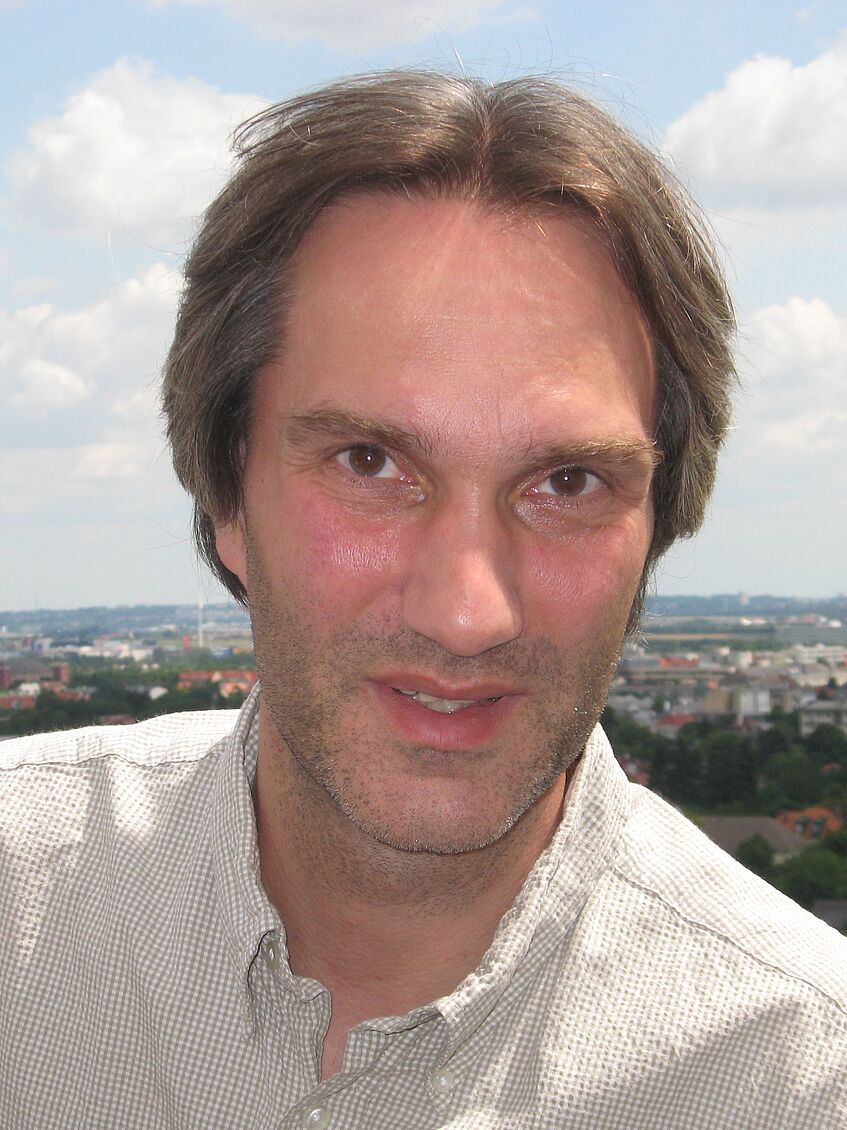Mathematics and BioSciences Group (MaBS)
Joachim Hermisson
Group Leader
joachim.hermisson@univie.ac.at
Phone: +43-1-4277-74351
Campus Vienna Biocenter 5, 1030 Vienna | Room: 1.722.1


Research
The work of the Mathematics and Biosciences Group (MaBS) is on theoretical population genetics and evolutionary ecology.
Evolution is the unifying theory of the biological sciences, and our aim is to design advanced mathematical methods and models that account for the biological complexity involved in most evolutionary processes. Complexity arises on all levels of biological organization: molecular, organismal, and ecological. The key issues of evolutionary research, such as adaptation and speciation, are usually addressed in special sub-disciplines for each of these levels, i.e. molecular population genetics, quantitative genetics, and evolutionary ecology. We work on all three fields with the special goal to create an integrative approach, using a combination of different models, concepts, and methods. Methods include analytical work (stochastic processes, differential equations), extensive computer simulations, and statistical data analysis.
Molecular approaches
The availability of DNA polymorphism data on a genome-wide scale ("population genomics") is arguably the most significant development in evolutionary research today. In this context, the characterization of the adaptive process on the level of the molecular genotype is a primary research focus in our group. Our aim is to extend the population genetic theory of molecular adaptation to a broader range of biological scenarios. Quantities of interest are fixation probabilities and fixation times and the expected footprint of selection on linked neutral variation (so-called selective sweeps).
Phenotypic approaches
It is widely appreciated (and ever better understood) that the genetic basis of most quantitative traits consists of complex gene networks. However, when and how gene interactions (epistasis) affect evolutionary processes is far less clear. In a series of articles, we have studied the evolutionary role of epistasis in equilibrium and non-equilibrium systems. A special research focus is on the effects on genetic variation and the adaptive process (epistatis and evolvability) and on the evolution of the genotype-phenotype map (robustness, canalization, and modularity).
Ecologically motivated approaches
The vast majority of population genetic models work under the assumption of a constant fitness landscape. Since fitness depends on variable environments, this is an idealization. Natural fitness landscapes will change over space and time. And because an important aspect of an individual's environment is the composition of phenotypes in its own population, fitness will also depend on allele frequencies. The aim of this third line of our research is to combine genetic models with ecological factors. Recent studies have focused on conditions for speciation in spatially structured populations with gene-flow (parapatric speciation).
Website of the Mathematics and BioSciences Group
Publications
Bank C., Hermisson J. and Kirkpatrick, M. (2012). Can reinforcement complete speciation? EVOLUTION;66(1):229-239. PMID: 22220877
Rueffler Claus, Hermisson Joachim, Wagner Günter P. (2012). Evolution of functional specialization and division of labor. P NATL ACAD SCI USA;109(6):E326-E335. PMID: 22308336
Horton,Matthew W., Hancock, Angela M., Huang, Yu S., Toomajian, Christopher, Atwell, Susanna, Auton, Adam,Muliyati,N Wayan, Platt, Alexander,Sperone,F Gianluca, Wilhjálmsson,Bjarni J,Nordborg,Magnus, Borevitz, Justin O, Bergelson, Joy. (2012). Genome-wide patterns of genetic variation in worldwide Arabidopsis thaliana accessions from the RegMap panel NAT GENET;44:212-216. PMID: 22231484
more publications of the group Hermisson
Collaborations & Funding

Vienna Science and Technology Fund WWTF
MaBS is co-funded by a research grant of the Vienna Science and Technology Fund WWTF.
